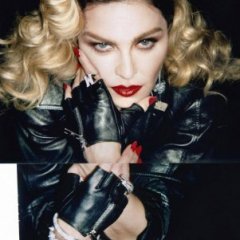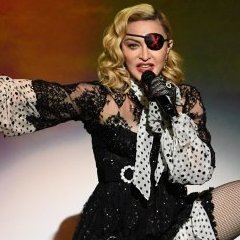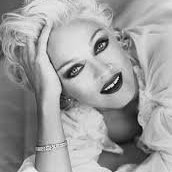Why is the “Rain” b roll footage in color if it was supposedly shot in black and white
-
Recent Activity
-
- 3,244 replies
- 111,022 views
-
- 32 replies
- 603 views
-
- 42 replies
- 1,153 views
-
- 13,195 replies
- 575,959 views
-
- 14,552 replies
- 975,129 views
-
- 3,798 replies
- 867,369 views
-
Madonna’s "The Celebration Tour" TOTAL BOX OFFICE $225,580,345 million worldwide / 1,127,658 Tickets Sold / 80 Reported Shows 1 2 3
By Askeroff, in News ✖ Discussion
- 71 replies
- 9,348 views
-
- 181 replies
- 13,354 views
-
-
Recently Browsing 0 members
No registered users viewing this page.








Recommended Posts
Join the conversation
You can post now and register later. If you have an account, sign in now to post with your account.